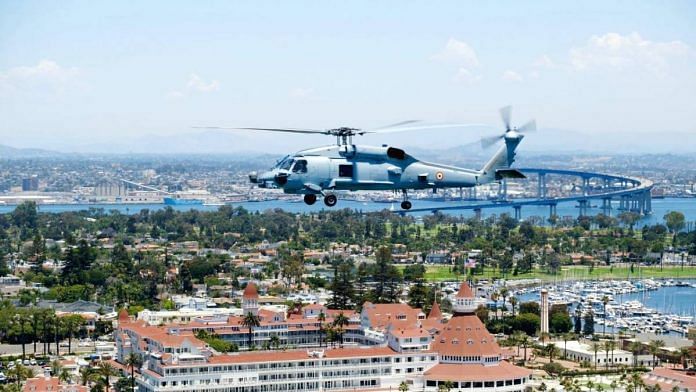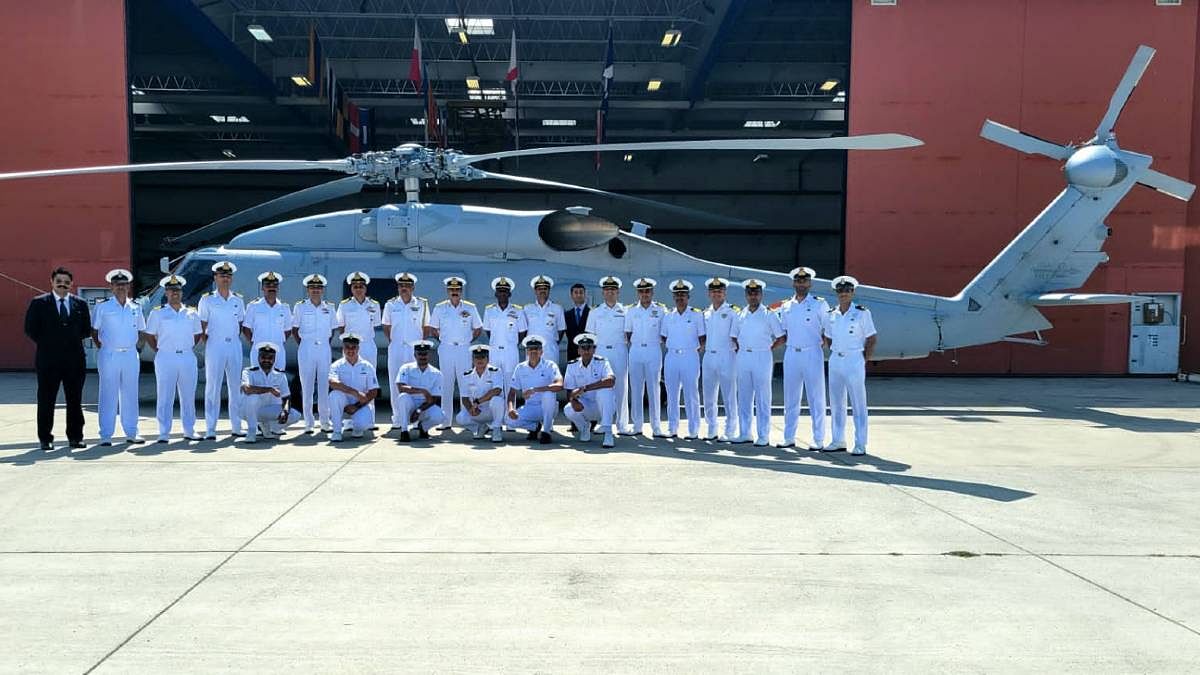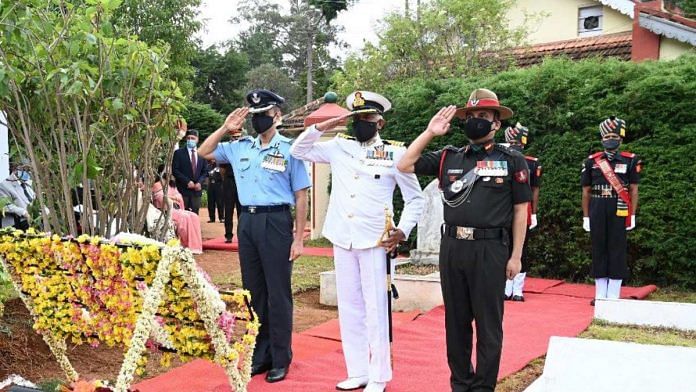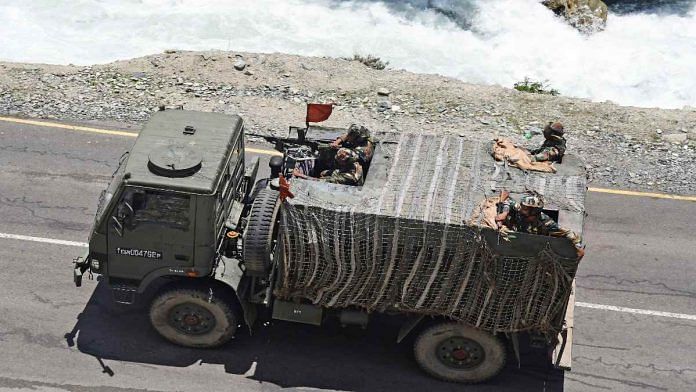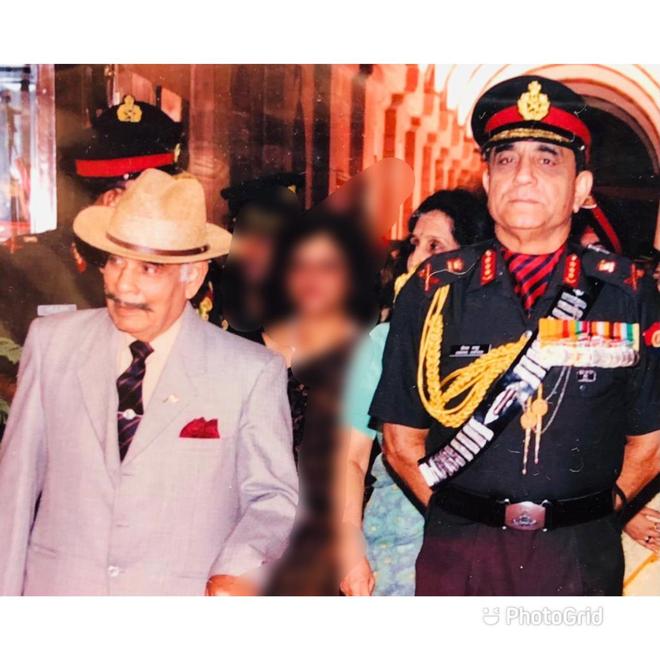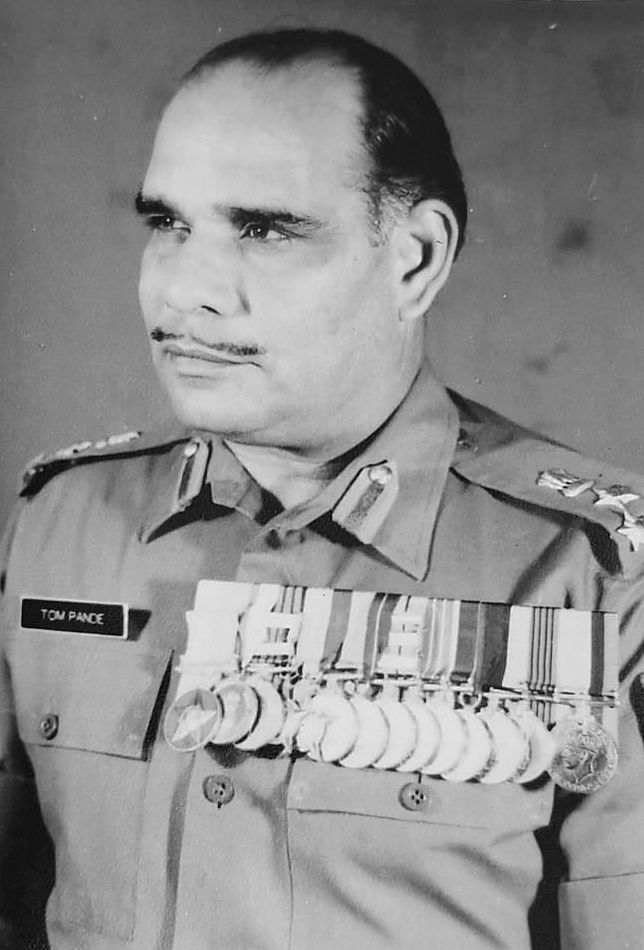
Indian Army Chief General Mukund Naravane in an exclusive interaction with the BW Businessworld’s Manish Kumar Jha, denied that there was any reinforcement across in the contested part of LAC and at the buffer zone across the border along Arunachal Pradesh. He put his strong worded statement: “Not a brick has been placed in the part of contested areas”
Indian Army Chief General Mukund Naravane in an exclusive interaction with the BW Businessworld’s Manish Kumar Jha, denied that there was any reinforcement across in the contested part of LAC and at the buffer zone along the border of Arunachal Pradesh. He put his strong worded statement: “Not a brick has been placed in the part of contested areas.”
China has been building concrete military post right next to the unsettled conflict zone at LAC in Ladakh along, artificially building settlements in the sensitive buffer zone like in Arunachal Pradesh. Isn’t it a cause of major concern? What is Indian army’s strategy to neutralize such vicious tactics by PLA?
“Both sides have gone back to agreed position. There is not settlement in the disputed areas—buffer zone either in eastern Ladakh at LAC or in Arunachal Pradesh”, said Chief of Army Staff. He added that there is a misinformation about such reports.
Reports from different media have caused ripples that China’s PLA is closing in across the hotly contested part of eastern Ladakh at LAC. Adding to the fire is the report from the Arunachal Pradesh that China’s People’s Liberation Army (PLA) is building up concrete structures along the buffer zone. It is no guess that in the world of army what it means— a breaking boundary and that calls for immediate confrontation.
While Chief has not denied that that China has been reinforcing along the line with permanent military establishment, added: ‘that can do so within their territory.”
Military Positions
So far, India and China have disengaged from the contentious Pangong Tso area in March. But despite the Note verbale and agreement (Moscow agreement) by China in last year, Chinese troops are still holding the other contested areas of Hot Springs and Gogra Post and Depsang Plains. While China was the aggressor and responsible for the situation, India also agreed to pull back its troops as Indian army had to deploy military against the PLA’s gross violations.
During that meeting, India and China had come up with a so-called ‘Moscow Agreement’ under which a five-point agenda was agreed on easing tensions along the border that have now lasted for over a year.
Ministry of External Affairs (MEA) reaffirmed such agreement as that took place in Moscow between EAM S. Jaishankar and his Chinese counterpart and State Councillor Wang Yi said: “Recalling their last meeting in Moscow, in September 2020, the External Affairs Minister emphasized the need to follow through on the agreement reached then and complete the disengagement, resolving the remaining issues along the LAC in Eastern Ladakh at the earliest.”
Jaishankar and Wang are currently in Tajikistan capital Dushanbe for the SCO foreign ministers’ meeting and the conference on SCO Contact Group on Afghanistan. India and China have held 11 round of the military corps commander level talks. The schedule for 12th round meeting between the corps commanders is being worked out.
In June, at a virtual meeting of the Working Mechanism for Consultation and Coordination on border affairs, India and China agreed to hold the next round of military talks at an early date to achieve the objective of complete disengagement in remaining friction points.
On the side of Arunachal Pradesh, China is ramping up its infrastructure on war footing.
Recently, China operationalised its first fully electrified bullet train in the remote Himalayan region of Tibet, connecting the provincial capital Lhasa and Nyingchi, a strategically located Tibetan border town close to Arunachal Pradesh. The 435.5-km Lhasa-Nyingchi section of the Sichuan-Tibet Railway is seen as the built up towards carrying military deployments and logistics bordering Indian States — Arunachal Pradesh. Nyingchi is prefecture-level city of Medog which is adjacent to the Arunachal Pradesh border.
In November, Chinese President Xi Jinping had instructed officials to expedite construction, instigating the PLA to build up constructions sites near the border. It led to believe that China will begin the push-over as they did at LAC in Eastern Ladakh by breaking the sanctity of the border settlement mechanism with India. It is no secret in the maritime world that China has been frequently breaking the well-established norm under UNCLOS in the waters of South China Sea. The United Nations Convention on the Law of the Sea (UNCLOS) is an international treaty which was adopted and signed in 1982. Over 160 countries follow the UNCLOS except China.
South China Sea though belongs to many countries in around China but China claims all illegally and often Chinese navy pushes the civilian fishing boats of nearby country which they have the rightful claim –even within the set norms of 200 nautical miles. China has already refused to abide by the unanimous decision taken by the international Court of Justice which says the South China Sea must be shared by all these neighbouring countries, including Vietnam and Philippines. The South China Sea is the reflection of what China intends to do with India on the land border.
It has been nearly six decades since the 1962 War, and three decades since negotiations began, but the issues remain unresolved. Over the years, China has built up intensive infrastructure, especially metalled roads right up to their perception of LAC. While India too has taken immense steps and built up military and civilian infrastructure to tackle any possible aggression by the Chinese military. The strengthening of positions has taken place at all levels in the armed forces including both the Indian Army and Air Force. Indian Military is well placed for such troops movement in the various strategic locations across Zojila pass, the world`s new highest motorable road Umling La, Marsmik La, or Khardung La among others areas inside the Indian territory.
The Air Force has established two major bases in Leh and It has deployed troops at the forward locations all along the eastern Ladakh sector including the Nyoma advanced landing ground and the air field in Daulat Beg Old.





















































